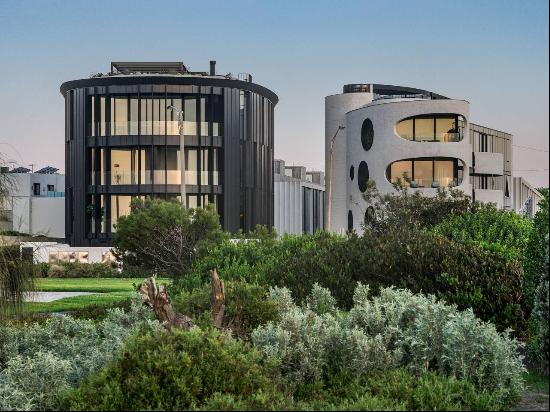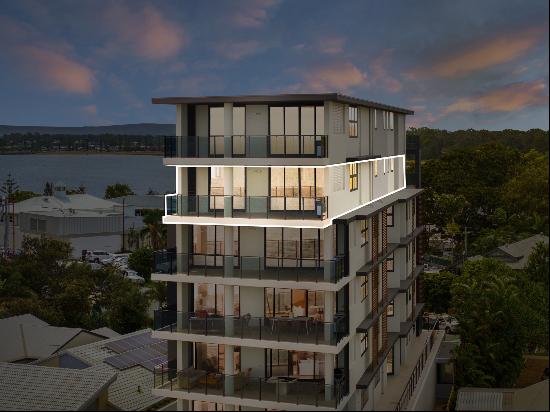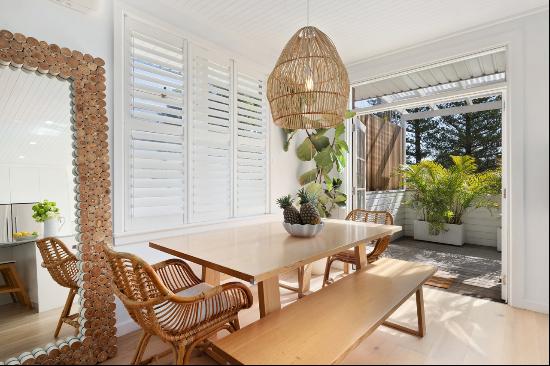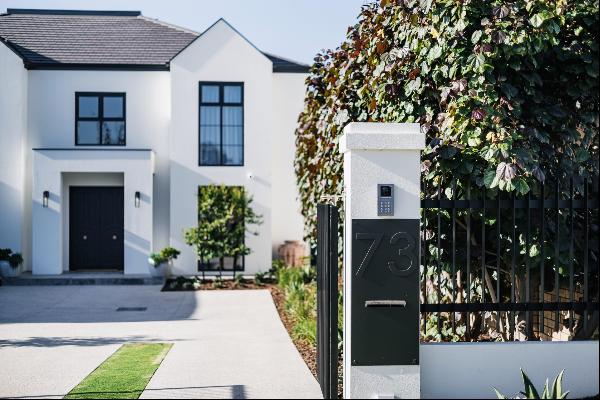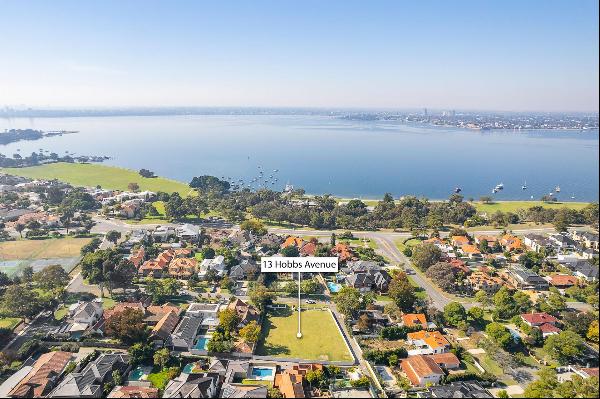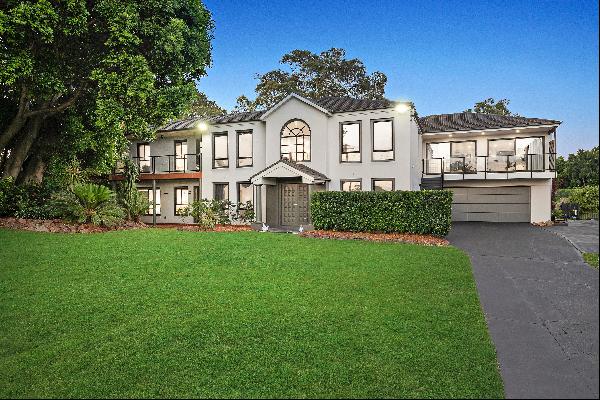
By Kate Youde
Take inspiration from your surroundings
Context is key to the way nature affects interiors, says Australian designer Greg Natale. “We find that no two interiors deal with their surroundings in exactly the same way,” he says. “This is in part because we work with the owner to tailor the interior to their tastes and requirements, but equally it’s because we engage with the residence specific to its location.”
Colour is one way to address the relationship between the exterior and interior. “A literal approach can be to adopt the hues of the home’s surroundings and apply them internally,” says Natale. At a country house in Victoria, he used green to tie in with the fields and trees outside.
In another property — on Hamilton Island close to Australia’s Great Barrier Reef — Natale chose patterned fabrics and designed rugs that riff with the surroundings of the island: canopies, greens, textured timbers, coral pinks. “The interiors respond to the colours and tones that are in the foliage, the earth and the sky at dawn and dusk,” he says.
Buyers of this five-bedroom home on Hamilton Island, built using natural timber, stone and other materials that complement its environment, will be able to draw on much of the same inspiration. The property is available for A$3.85m ($2.63m).

Get planting
Isabelle Palmer, founder of The Balcony Gardener, which specialises in small-space gardening in London, suggests bringing the outdoors in with a “showstopper big plant”. “Having that lush green foliage gives a sense of life and energy and green within any living space,” she says, recommending a rubber or Swiss cheese plant. Ivy can also give a “green splash” to a bookshelf, mantelpiece or hearth.
Palmer says it is important to pick your plant pot according to your decor, recommending natural materials such as terracotta and stoneware, as well as raffia and rattan baskets. “That really gives a nice sense of bringing nature and that organic form into the home as well,” she adds. Using flowering plants to pick up a colour in your decor can also “bring the space to life”.
The current owners of this eight-bedroom country house in Hampshire have dressed the kitchen/living area with varied pot plants. The property is for sale for £2.45m.

Improve the elements
Estate agent Joseph Lucier, of Sotheby’s International Realty — San Francisco, says there is increased focus on “owner wellness”, with developers installing air filtration, acoustic insulation and water filtration systems in homes to tap into the “West Coast lifestyle of health and sustainability”. Homeowners are also prioritising health when commissioning interior designers and architects for large-scale renovations.
“Design elements include enhanced natural light/air with floor-to-ceiling doors out to decks, central core skylights to bring in natural light to the centre of the home, restorative refuge spaces in spa and garden, [and] natural building materials including locally sourced stone and wood,” says Lucier. “These homes are meeting the residential market zeitgeist for the tech millennial buyers in the San Francisco Bay area.”
This bright four-bedroom penthouse in the Russian Hill area of San Francisco has floor-to-ceiling windows affording panoramic views of the city. There are also eight skylights including a 19-foot high glass oculus. It is priced at $19m.
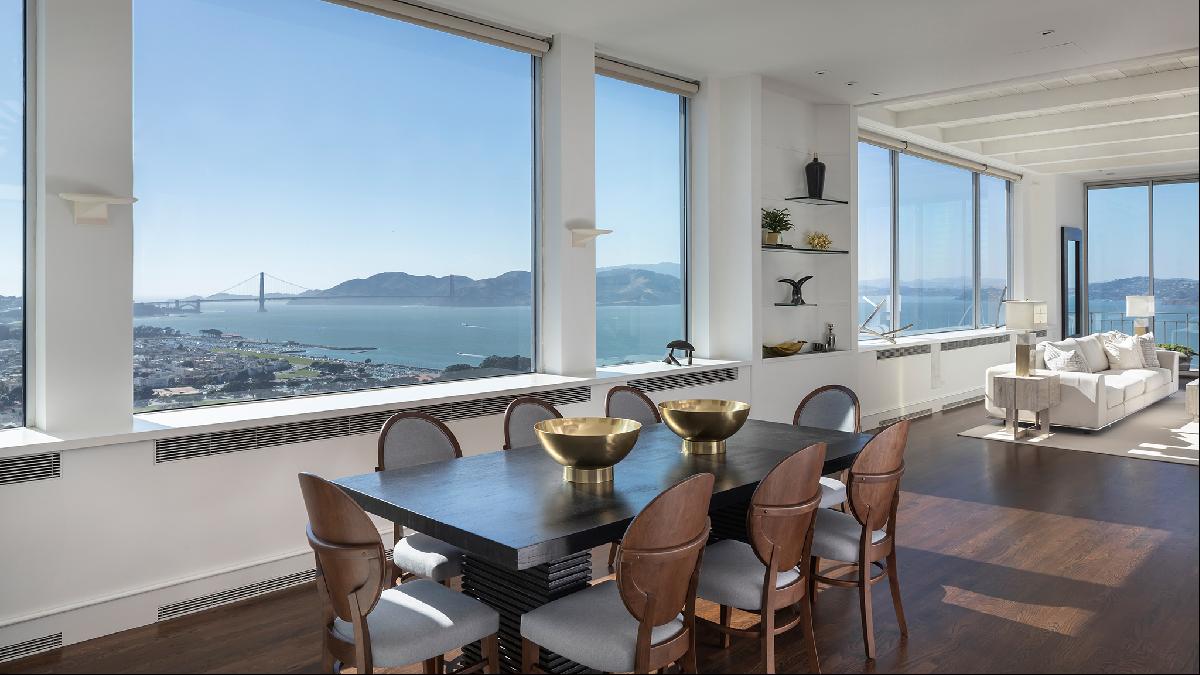
Go green
Living walls often feature in the work of Echlin, an architectural design and development studio that works primarily in London. Sam McNally, co-founder and design director, says the planting feature needs to be plumbed in for irrigation and costs roughly £500 per square metre to be installed professionally. The wall’s watering can be monitored using an app, and the result can be “amazingly effective”.
The company also creates glazed lightwells (shafts that let light into interior spaces) — sometimes including living walls — to increase natural light in homes. “What may have been a redundant space feels like a more usable space because it feels bigger,” says McNally.
A small exterior courtyard, with a vine-covered wall, lets light into the basement bedroom of this two-bedroom contemporary home in London’s Notting Hill. The house is on the market for £5.95m.
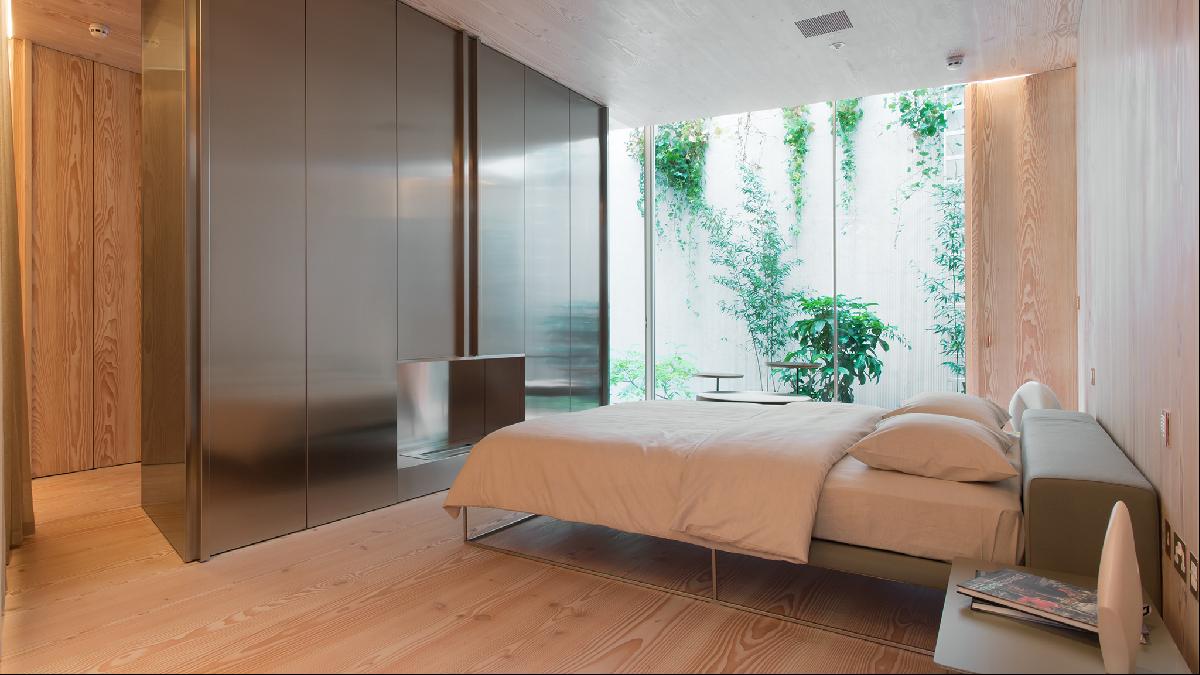
Create a still life
Frank uit het Broek, creative director of Italian florist Sebastian Flowers, says it is easy to create a floral centrepiece at home by taking your balcony, terrace or garden — and its trees, bushes and greenery — as your starting point.
He recommends cutting some “whimsical” greenery such as ivy, jasmine or clematis — and something “hardier” such as laurel, azalea or boxwood — for the foundation of your arrangement. “[When] pouring water in a vase, I would suggest also to use a little bit of bleach because [when] cutting greenery from gardens or balconies often some bacteria will come inside,” he says, adding that a few drops will not harm the foliage.
If using a transparent glass vase, he suggests adding slices of citrus fruit to decorate the water and to display fruit around the vase so “it looks like an old Dutch painting”.
Seasonal flowers will be the easiest blooms to source — they may even be in your garden — and less expensive. The colourful gardens surrounding this six-bedroom villa overlooking Stresa feature flowers typical of Lake Maggiore. The property could be yours for €4.35m.

Photographs: Jacob Elliott + Vista Estate Visuals for Sotheby’s International Realty




